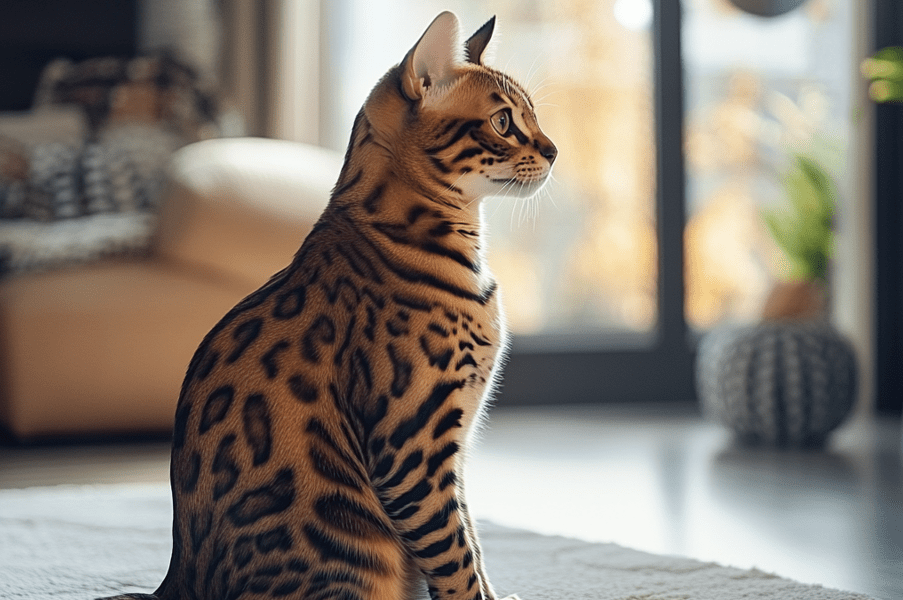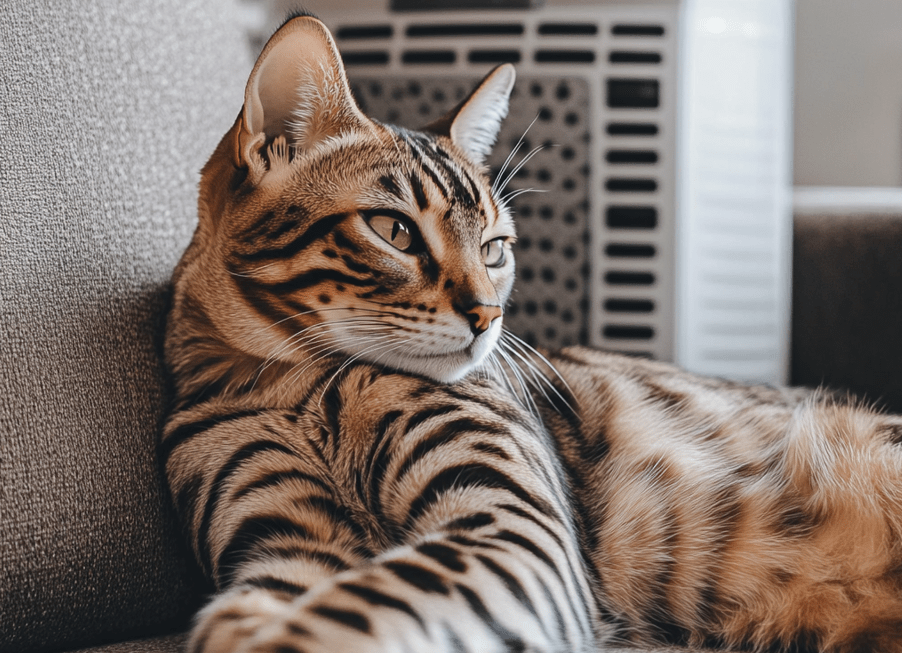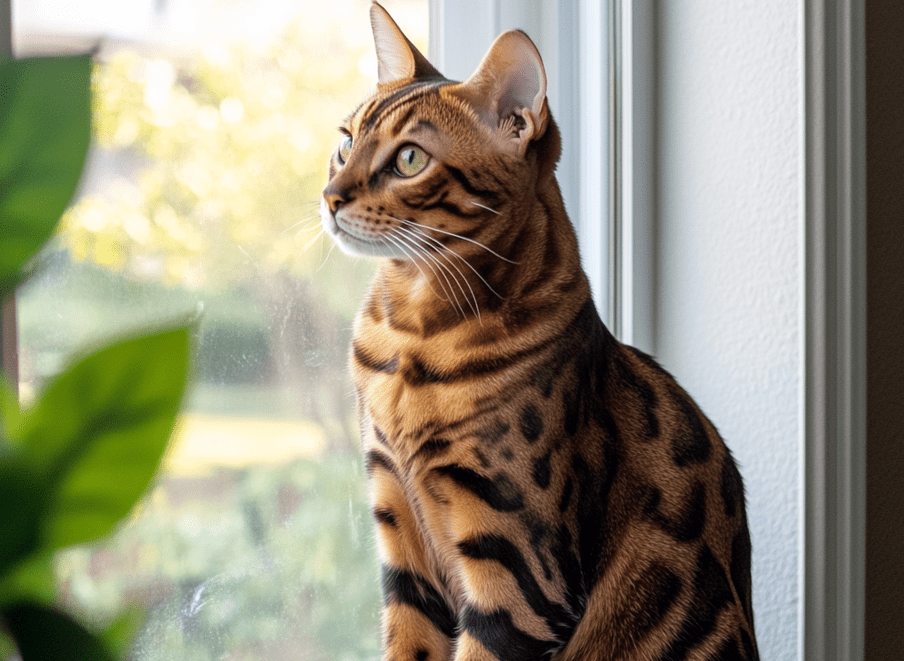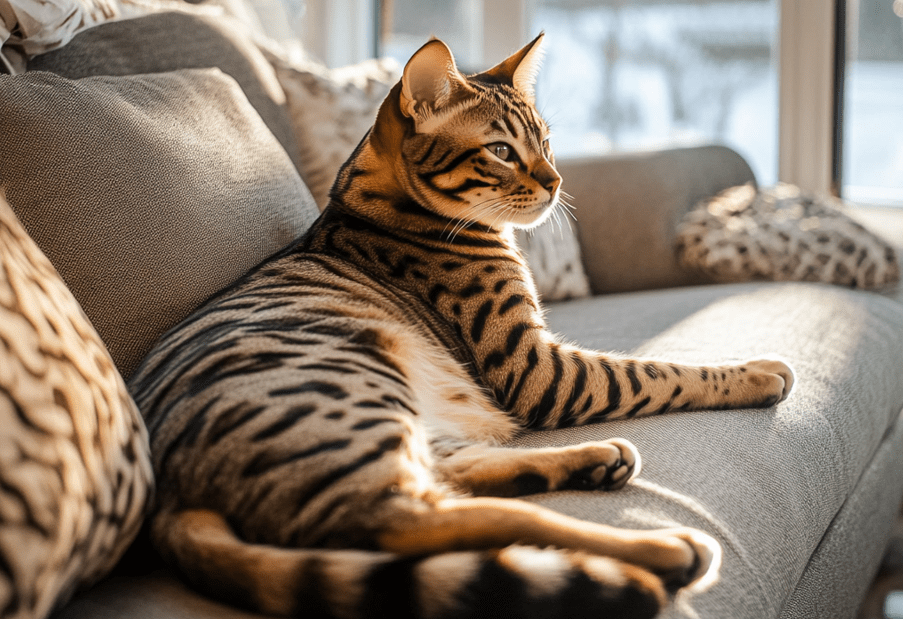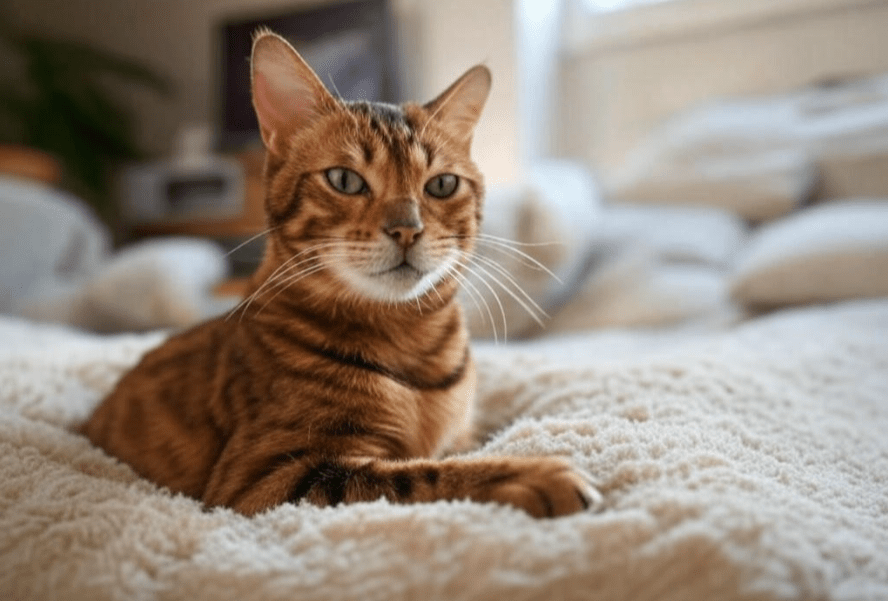
Bengal cats, with their striking spotted coats and playful personalities, are a beloved breed among pet owners. However, like all cats, Bengals are susceptible to certain health conditions, including hypertrophic cardiomyopathy (HCM), a serious heart disease that can impact their quality of life. Recognizing the early signs of hypertrophic cardiomyopathy in Bengal cats is crucial for timely intervention and effective management. This article dives deep into what HCM is, why Bengal cats are at risk, how to spot early symptoms, and steps you can take to ensure your feline friend stays healthy.
By understanding the nuances of this condition, you can provide your Bengal cat with the care they need to thrive. Whether you’re a new Bengal owner or a seasoned cat enthusiast, this guide will equip you with the knowledge to protect your pet’s heart health.
What Is Hypertrophic Cardiomyopathy (HCM)?
Hypertrophic cardiomyopathy is the most common heart disease in cats, characterized by the thickening of the heart muscle, particularly the left ventricle. This thickening makes it harder for the heart to pump blood effectively, potentially leading to heart failure, blood clots, or sudden death if left untreated. While HCM can affect any cat breed, certain breeds, including Bengals, may have a genetic predisposition to the condition.
In Bengal cats, HCM is often hereditary, meaning it can be passed down through generations. Responsible breeders screen for HCM, but it’s still essential for owners to be vigilant about their cat’s heart health. Early detection is key to managing the disease and improving your cat’s prognosis.
Why Are Bengal Cats at Risk?
Bengal cats are a relatively new breed, developed by crossing domestic cats with the Asian leopard cat. This hybridization has resulted in a unique genetic makeup that, while responsible for their exotic appearance and energetic demeanor, may also contribute to health vulnerabilities like HCM. Studies suggest that certain genetic mutations linked to HCM are more prevalent in breeds with complex genetic backgrounds, including Bengals.
Additionally, Bengal cats are known for their high energy and athleticism. While these traits make them delightful companions, they can mask early signs of heart problems, as affected cats may compensate for reduced heart function by slowing down subtly over time. This makes it even more critical for owners to know what to look for.
Early Signs of Hypertrophic Cardiomyopathy in Bengal Cats
Spotting the early signs of HCM in Bengal cats can be challenging, as symptoms are often subtle and easily mistaken for normal behavior or aging. However, being proactive and observant can make a significant difference. Below are the key signs to watch for:
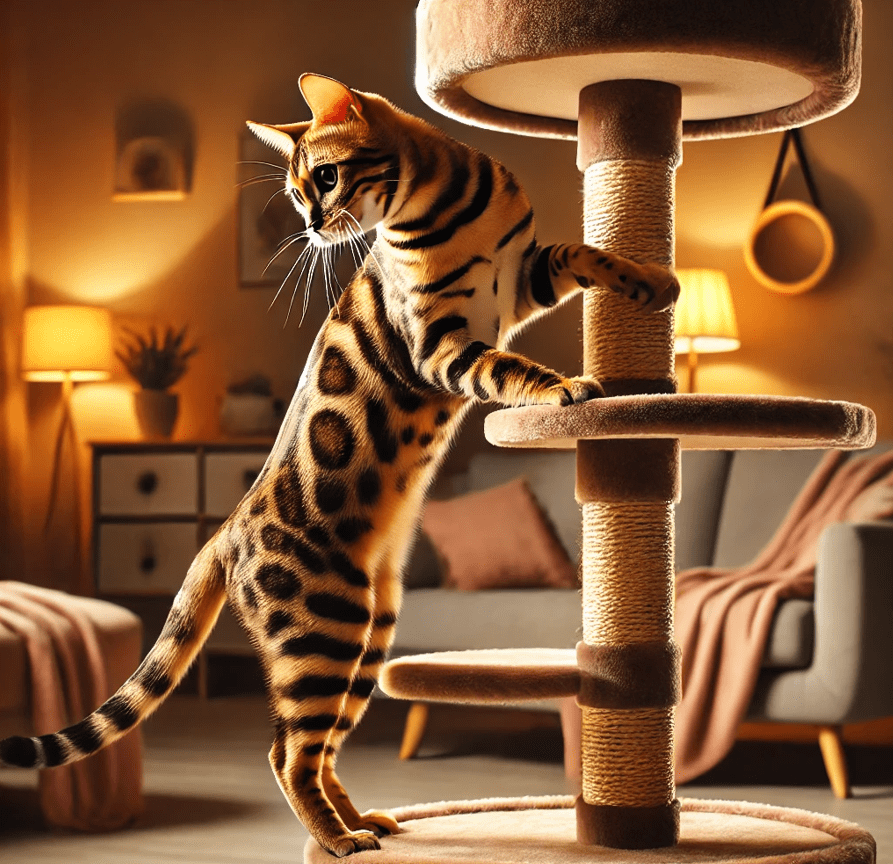
1. Lethargy or Reduced Activity
Bengal cats are typically bursting with energy, leaping from furniture and chasing toys with gusto. If your Bengal starts showing signs of lethargy, such as sleeping more than usual, avoiding playtime, or seeming less enthusiastic about activities they once loved, it could be an early indicator of HCM. While occasional laziness is normal, persistent changes in energy levels warrant attention.
2. Difficulty Breathing
HCM can cause fluid to build up in or around the lungs, leading to breathing difficulties. Watch for signs like rapid breathing, shallow breaths, or open-mouth breathing, especially after minimal exertion. If your Bengal cat seems to pant excessively or struggles to catch their breath, contact your veterinarian immediately.
3. Loss of Appetite or Weight Loss
Cats with HCM may experience a reduced appetite due to discomfort or decreased energy. Unexplained weight loss, even if your Bengal is eating normally, can also be a red flag. Keep an eye on their eating habits and monitor their weight regularly to catch any changes early.
4. Fainting or Collapse
In severe cases, HCM can lead to fainting spells or sudden collapse due to inadequate blood flow. This is a medical emergency and requires immediate veterinary attention. While fainting is less common in the early stages, it’s a critical symptom to be aware of.
5. Hind Limb Weakness or Paralysis
One of the most alarming complications of HCM is the formation of blood clots, which can travel to the hind legs and cause sudden paralysis. This condition, known as feline aortic thromboembolism (FATE), is excruciatingly painful and requires urgent care. If your Bengal shows signs of dragging their hind legs or crying out in pain, seek help immediately.

6. Heart Murmurs
While not always present, heart murmurs are sometimes detected during routine veterinary exams in cats with HCM. A murmur is an abnormal sound caused by turbulent blood flow in the heart. If your vet identifies a murmur during a checkup, they may recommend further tests to evaluate your Bengal’s heart health.
Subtle Behavioral Changes
Bengal cats are highly interactive and social. Subtle changes, such as withdrawing from family members, hiding more often, or seeming less curious, could indicate discomfort or illness. Trust your instincts—if something feels off about your cat’s behavior, it’s worth investigating.
Diagnosing Hypertrophic Cardiomyopathy in Bengal Cats
If you notice any of the above symptoms, schedule a veterinary appointment as soon as possible. Diagnosing HCM typically involves a combination of physical exams and specialized tests. Here’s what to expect:
1. Physical Examination
Your veterinarian will listen to your Bengal’s heart and lungs using a stethoscope to check for murmurs or abnormal rhythms. They’ll also assess your cat’s overall condition, looking for signs of fluid buildup or other symptoms.
2. Echocardiogram
An echocardiogram, or ultrasound of the heart, is the gold standard for diagnosing HCM. This non-invasive test allows the vet to visualize the heart’s structure and function, confirming whether the heart muscle is thickened. It’s the most reliable way to diagnose HCM in Bengal cats.
3. Electrocardiogram (ECG)
An ECG measures the heart’s electrical activity and can detect irregular rhythms (arrhythmias) associated with HCM. This test is often used alongside an echocardiogram for a comprehensive evaluation.
4. Chest X-Rays
X-rays can reveal fluid in the lungs or an enlarged heart, both of which may indicate HCM. They’re particularly useful if your Bengal is showing respiratory symptoms.
5. Genetic Testing
Since HCM in Bengals can be hereditary, genetic testing may be recommended, especially for breeding cats. While not all HCM cases are linked to known genetic mutations, testing can provide valuable information for managing the disease.
Managing Hypertrophic Cardiomyopathy in Bengal Cats
While there is no cure for HCM, early diagnosis and proper management can significantly improve your Bengal cat’s quality of life. Treatment focuses on alleviating symptoms, preventing complications, and slowing disease progression. Common approaches include:

1. Medications
Veterinarians may prescribe medications to support heart function and manage symptoms. These may include:
Beta-blockers (e.g., atenolol) to reduce heart rate and improve blood flow.
ACE inhibitors to lower blood pressure and ease the heart’s workload.
Diuretics to remove excess fluid from the lungs or body.
Anticoagulants (e.g., clopidogrel) to reduce the risk of blood clots.
Always follow your vet’s instructions when administering medications, and report any side effects promptly.
2. Dietary Adjustments
A balanced diet tailored to your Bengal’s needs can support overall health. Some cats with HCM benefit from low-sodium diets to reduce fluid retention. Consult your veterinarian for personalized dietary recommendations, and ensure your cat maintains a healthy weight to avoid additional strain on the heart.
3. Stress Reduction
Bengal cats thrive in stimulating environments, but stress can exacerbate HCM symptoms. Create a calm, predictable routine for your cat, and provide safe spaces where they can retreat if overwhelmed. Avoid sudden changes in their environment, and monitor interactions with other pets or children.
4. Regular Veterinary Checkups
Ongoing monitoring is essential for cats with HCM. Regular checkups allow your vet to track your Bengal’s condition, adjust treatments as needed, and catch complications early. Echocardiograms and blood tests may be repeated periodically to assess heart function.
5. Limiting Physical Exertion
While Bengals love to play, excessive exercise can strain a heart affected by HCM. Encourage gentle activities, like interactive toys or short play sessions, and discourage high-intensity jumping or running. Work with your vet to determine an appropriate activity level for your cat.
Preventing HCM in Bengal Cats
While HCM cannot always be prevented, there are steps you can take to reduce risks and promote heart health in your Bengal cat:
1. Choose a Reputable Breeder
If you’re adopting a Bengal kitten, select a breeder who screens their breeding cats for HCM. Ask for documentation of echocardiograms and genetic testing to ensure the parents are free of known heart conditions. Responsible breeding practices can significantly reduce the likelihood of hereditary HCM.
2. Schedule Regular Vet Visits
Routine veterinary exams can catch early signs of heart problems before symptoms become severe. For Bengals, annual checkups are recommended, with more frequent visits for senior cats or those with a family history of HCM.
3. Maintain a Healthy Lifestyle
A nutritious diet, regular exercise (within safe limits), and a stress-free environment all contribute to your Bengal’s overall well-being. Obesity can worsen heart conditions, so monitor your cat’s weight and avoid overfeeding.
4. Be Proactive About Symptoms
Trust your instincts as a pet owner. If you notice even minor changes in your Bengal’s behavior or health, don’t hesitate to seek veterinary advice. Early intervention can make a life-saving difference.
Living with a Bengal Cat Diagnosed with HCM
Receiving an HCM diagnosis for your Bengal cat can be overwhelming, but many cats with this condition live happy, fulfilling lives with proper care. Here are some tips for supporting your cat:
Stay Informed: Educate yourself about HCM and ask your veterinarian for resources or recommendations. Understanding the condition empowers you to make informed decisions.
Build a Support Network: Connect with other Bengal owners or pet parents of cats with HCM through online forums or local support groups. Sharing experiences can provide emotional support and practical advice.
Celebrate Small Wins: Focus on the moments of joy your Bengal brings to your life, whether it’s a playful pounce or a cozy cuddle. With careful management, your cat can continue to thrive.
Conclusion
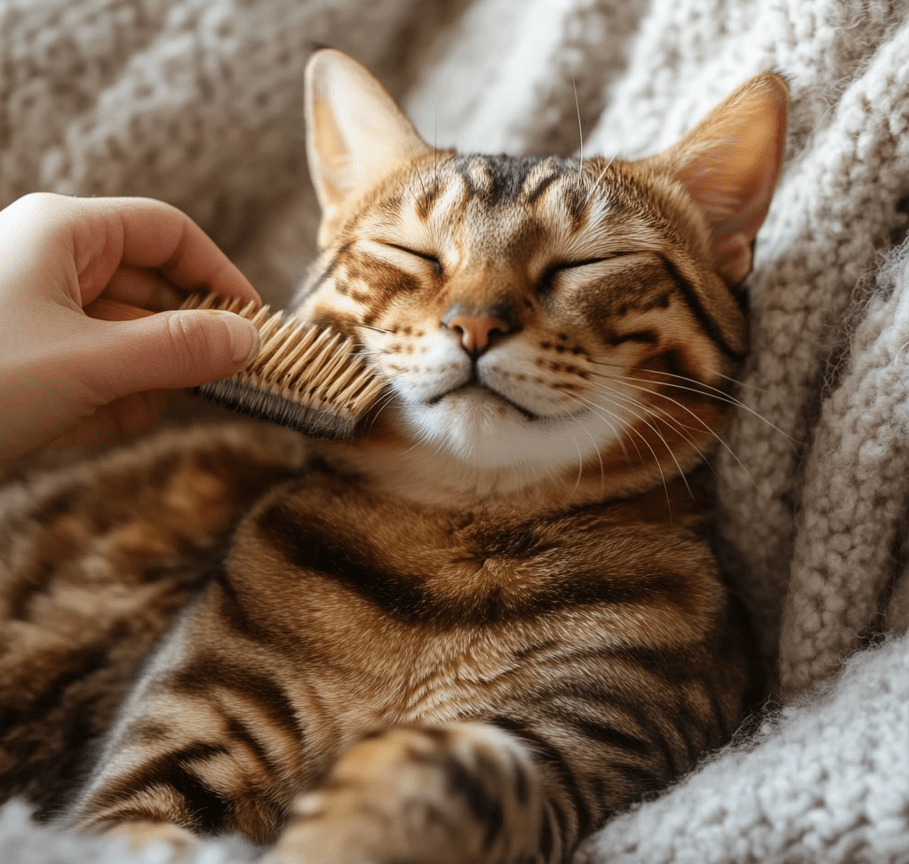
Hypertrophic cardiomyopathy is a serious but manageable condition that Bengal cat owners should be aware of. By learning to spot early signs—like lethargy, breathing difficulties, or changes in behavior—you can take proactive steps to protect your cat’s heart health. Regular veterinary care, a healthy lifestyle, and a keen eye for symptoms are your best tools for ensuring your Bengal lives a long, happy life.
This guide aims to be your go-to resource for understanding HCM in Bengal cats, offering practical advice and heartfelt encouragement. If you suspect your Bengal may be at risk, don’t wait—reach out to your veterinarian today. Your furry friend deserves the best care possible, and with your love and attention, they can continue to shine as the vibrant, extraordinary companion they are.

